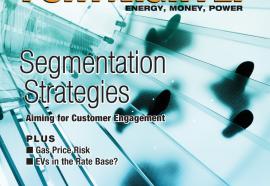Nuclear Faceoff
Indian Point and the battle for the nation’s energy future.
State lawmakers are trying to block relicensing of the Indian Point nuclear power plant near New York City, but the owner hopes to keep the plant generating low-cost electricity. The battle over Indian Point raises new legal issues—and represents a microcosm of the struggle for America’s nuclear future.










